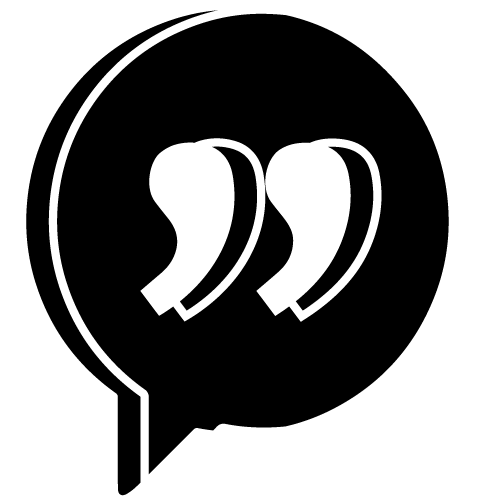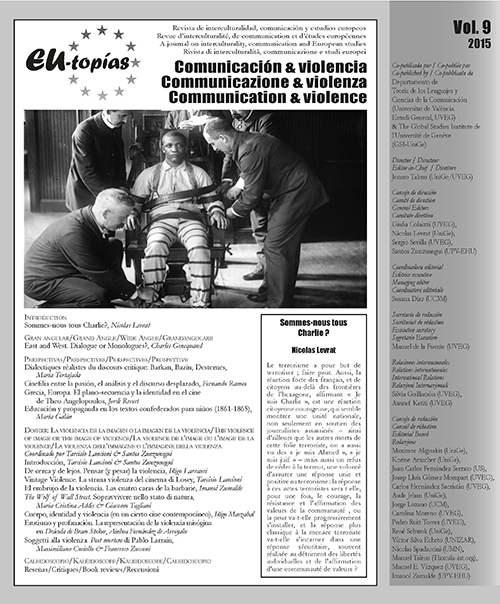Educación y propaganda en los textos confederados para niños (1861-1865)
DOI:
https://doi.org/10.7203/eutopias.0.18747Parole chiave:
Propaganda, educazione, libro di testo, letteratura per l’infanzia, Gue- rra di Secessione, Confederazione, ideologia Abstract
Abstract
I testi destinati ai bambini hanno sempre giocato un ruolo decisivo nella formazione delle menti più giovani, essendo spesso utilizzati come rinforzo per la propaganda orientata agli adulti. La Confederazione, nel processo di costruzione di una nuova identità nazionale, era a conoscenza di questo potere di influenza. Il presente lavoro analizza quali idee utilizzate dalla propaganda della Confederazione apparvero in testi indirizzati ai bambini, indicando quali sono state destinati alla formazione di futuri cittadini e come la trasmissione di queste idee sia stata utilizzata come rinforzo di discorsi propagandistici della Confederazione. Il presente lavoro osserva in quali situazioni entrambi i discorsi, quello pensato per i bambni e quello pensato per gli adulti, seguirono una direttrice simile (l’esaltazione patriottica della nazione) e in quali si produsse una certa rottura (difesa della schiavitù).
 Downloads
Downloads
 Riferimenti bibliografici
Riferimenti bibliografici
Andrews, J. Cutler (1970), The South Reports the Civil War, Princeton: Princeton Universy Press.
Convention of Teachers of the Confederate states (1863), Proceedings of the Convention of Teachers of the Confederate States, Assembled at Columbia, South Carolina, April 28th, 1863, Macon: Burke, Boykin & Co., Steam Book and Job Printers.
Blackwell, Robert (1861), Original Acrostics on All the States and Presidents of the United States, and Various Other Subjects, Religious, Political, and Personal. Illustra- ted with Portratis of All the Presidents, and Engravings of Various Other Kinds [http://docsouth.unc.edu/imls/ blackwell/blackwell.html] (consulta: 21-06-2014).
Branson, Levi (1863), First Book in Composition. Applying the Principles of Grammar to the Art of Composing. Also, Giving Full Directions for Punctuation; Especially Designed for the Use of Southern School, Raleigh: Branson, Farrar & Co.
Campbell, William A. & dunn, William R. J. (1864), The Child’s First Book, Richmond: Ayres & Wade.
Chaudron, Adelaide de Vendel (1864), The Third Reader, Designed for the Use of Primary Schools, Mobile: W. G. Clark.
Crandall, Marjorie Lyle (1955), Confederate Imprints: A Check List Based Principally on the Collection of the Boston Athenaeum, Portland, Maine: The Anthoensen Press.
Davis, Jefferson (1861), Jefferson Davis’ First Inaugural Address [https://jeffersondavis.rice.edu/Content. aspx?id=88] (consulta: 15-07-2014).
— (1862), Jefferson Davis’ Second Inaugural Address [https:// jeffersondavis.rice.edu/Content.aspx?id=107] (con- sulta: 15-07-2014).
Faust, Drew Gilpin (1988), The Creation of Confederate Nationalism: Ideology and Identity in the Civil War South, Baton Rouge: Louisiana State University Press.
Harwell, Richard (1957), More Confederate Imprints: Supplement to Confederate Imprints, A Check List Based Principally on the Collection of the Boston Athenaeum, by Marjorie Lyle Crandall, Richmond: Virginia State Library.
Kelly, R. Gordon (1973), «American Children’s Literature: An Historiographical Review», American Literary Realism, 6 (2), pp. 89-107.
Kennerly, Sarah Law (1956), Confederate Juvenile Imprints: Children’s Books and Periodicals Published in the Confederate States of America 1861-1865, University of Michigan [tesis doctoral].
Knight, Edgar W. (1947), «An Early Case of Opposition in the South to Northern Textbooks», Journal of Southern History, 13, pp. 245-264.
Kopp, Laura Elizabeth (2009), Teaching the Confederacy, University of Maryland, College Park [tesis docto- ral].
Marten, James (1998), The Children’s Civil War, Chapel Hill: University of North Carolina Press.
Moore, Marinda Branson (1863), The First Dixie Reader: Designed to Follow the Dixie Primer, Raleigh: Branson, Farrar & Co.
— (1863), The Geographical Reader for the Dixie Children, Raleigh: Branson, Farrar & Co. Publishers.
Parrish, T. Michael & willinGhAm, Robert Marion Jr. (1987), Confederate Imprints. A Bibliography of Southern Publications from Secession to Surrender, Austin: Jenkins Publishing Co.
Shepperson, William G. (1862), War Songs of the South, Richmond: West & Johnston.
Smith, R. M. (1864), The Confederate First Reader: Containing Selections in Prose and Poetry, as Reading Exercises for the Younger Children in the Schools and Families of the Confederate States, Richmond: G. L. Bidgood.
Sterling, Richard & Campbell, J. D. (1862), Our Own Third Reader: For the Use of Schools and Families, Greensborough: Sterling, Campbell, and Albright.
Stewart, Rev. K. J. (1864), A Geography for Beginners, Richmond: J. W. Randoplph.
Thomas, Emory M. (2011), The Confederate Nation 1861- 1865, Nueva York: Harper Perennial.
Wiley, Calvin H. (1861), Address to the People of North Carolina (speech given at the Confederence of Teachers and Friends of Education, Raleigh, N.C.) [http://docsouth. unc.edu/imls/confteach/confteach.html] (consulta: 14-07-2014).
Downloads
Pubblicato
Come citare
-
Abstract625
-
PDF (Español)84
Fascicolo
Sezione
Licenza
![]()
Tutti i contenuti pubblicati in EU-topías. Rivista di interculturalità, communicazione e studi europei è concesso in licenza Creative Commons Attribution-NonCommercial-ShareAlike 4.0. Il testo completo della licenza è disponibile all’indirizzo http://creativecommons.org/licenses/by-nc-sa/4.0
Essi possono essere copiati, utilizzati, diffusi, trasmessi e visualizzati pubblicamente, a condizione che ciò avvenga:
- Viene citata la paternità e la fonte originale della pubblicazione (rivista, editore e URL dell’opera).
- Non vengono utilizzati per scopi commerciali.
- L’esistenza e le specifiche di questa licenza d’uso sono menzionate.



